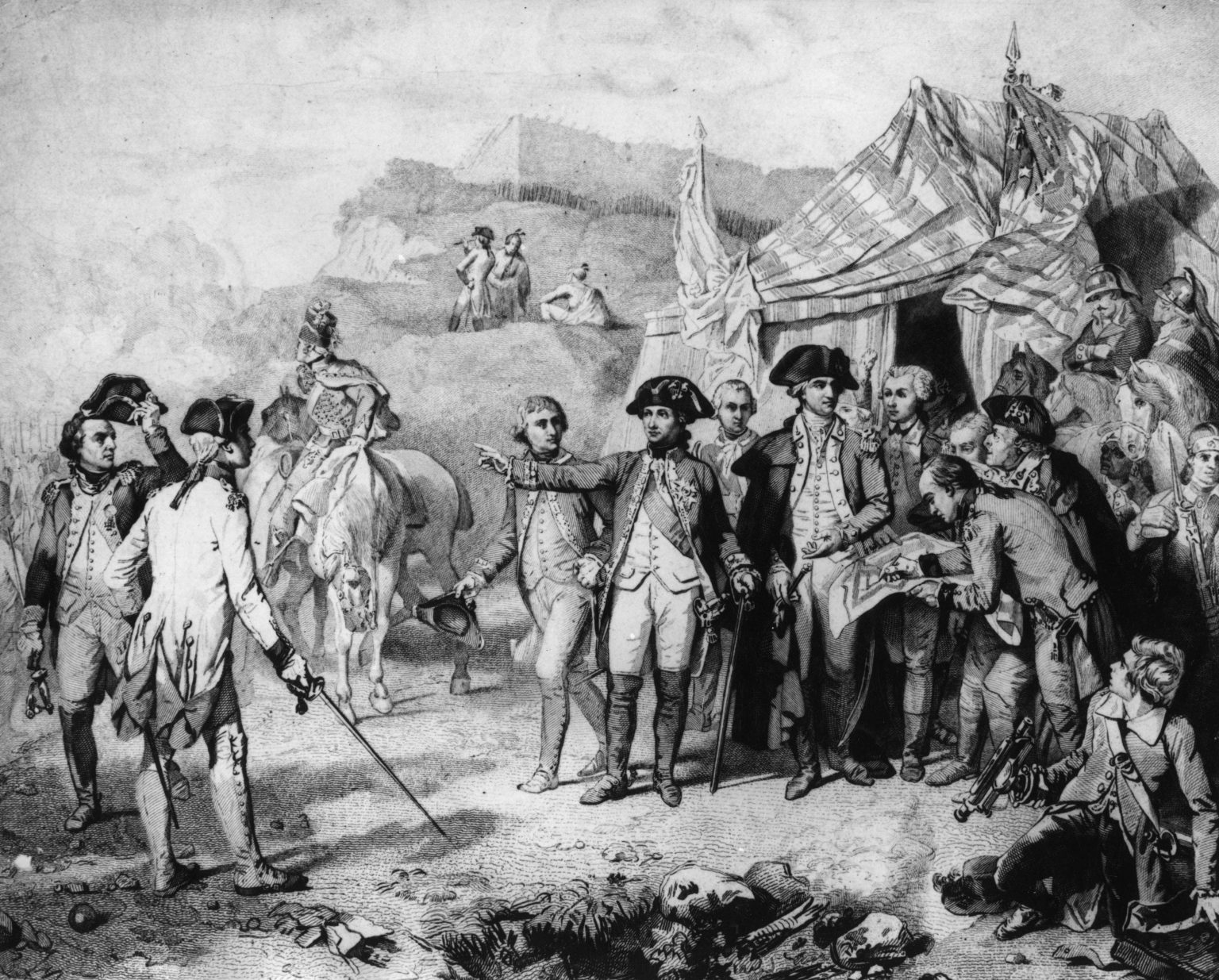The Siege of Yorktown, Virginia, began on September 28, 1781, and ended three weeks later on October 19 with the surrender of the British garrison led by Lord Charles Cornwallis. This battle was the decisive moment in America’s triumph over the British Empire in the War of Independence, leading to the birth of the United States of America. The American forces, led by George Washington and his Continental Army, were aided by French troops under Comte de Rochambeau, who surrounded the outnumbered Redcoats. French warships had sailed into Chesapeake Bay just weeks before the siege, trapping Cornwallis with no way to escape.
The victory at Yorktown marked the end of the British rule in the colonies and the beginning of a new nation. Nearly 19,000 troops from the allied nations surrounded about 9,000 Redcoats, leading to Cornwallis realizing that his cause was hopeless and ultimately surrendering. The surrender, which resulted in relatively little loss of life compared to the forces amassed, signaled the end of the American Revolution and the triumph of the United States. The logistical and strategic efforts of Washington and Rochambeau played a vital role in the overwhelming and decisive victory.
In the lead-up to the Siege of Yorktown, Washington and Rochambeau had been planning a long-intended attack on the British forces under Gen. Henry Clinton in New York City. However, upon learning that the French fleet was instead sailing into Chesapeake Bay, Washington quickly adapted his strategy to leverage the naval forces and defeat Cornwallis in Yorktown. By deploying deceptive tactics, such as building fake army camps and leaking false information to the British, Washington and Rochambeau were able to surprise Cornwallis and force his surrender, despite the Redcoats’ previously occupied strongholds in New York.
The Siege of Yorktown was a significant turning point in the American Revolutionary War, with Washington’s fame growing to international proportions following the improbable victory. The collaboration between American and French forces, as well as Washington’s strategic acumen and leadership, played a crucial role in securing the triumph over the British. The surrender of Cornwallis and his entire garrison marked the end of British dominance in the colonies and solidified the United States’ bid for independence. This victory paved the way for the formal recognition of American independence with the signing of the Treaty of Paris in 1783.
The Siege of Yorktown represented a culmination of years of struggle and sacrifice by the American forces, eventually leading to the establishment of the United States as a sovereign nation. Washington’s remarkable leadership and the support from French allies were instrumental in achieving the improbable victory over the mighty British Empire. The events of the siege and the subsequent surrender of the British garrison at Yorktown demonstrated the resilience, determination, and strategic brilliance of the American forces, ultimately shaping the course of history and laying the foundation for the newly formed United States of America.


